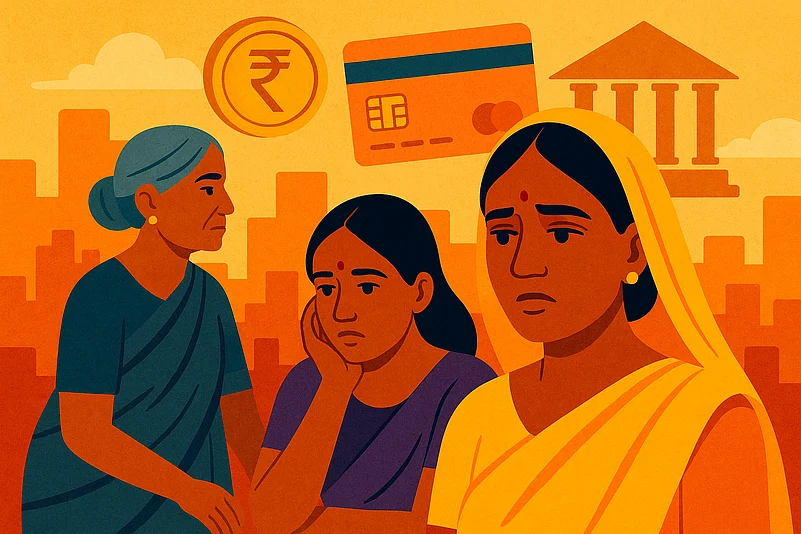India is often cited as a model success story in financial inclusion due to the increase in universal account ownership among adults. According to the Global Findex 2025 report by the World Bank, almost every adult woman and man in India is likely to have a bank account.
However, when it comes to usage, it's a different tale. According to the report, about 16 per cent of Indian accountholders do not have an active account, as opposed to a mean of merely 4 per cent in other low- and middle-income economies, even though inactivity among women and men dropped between 2021 and 2024. For most women, accounts are mainly opened to receive government benefits or earnings but these accounts are rarely used for executing transactions.
The most common reason Indian adults, without accounts, give is that a family member already has an account. This highlights the existence of barriers in cultural and household-level where women may not feel the need to have their own active financial identity, only because their spouses already have one, the report says.
Digital Payments Show Gender Gaps
The report says that gaps in active usage of accounts for digital payments remain wide in South Asia, the region with the largest gender disparities in this area.
Women are far less likely to make or receive digital payments even when they have an account. This is due to barriers like low digital literacy, confidence in the use of technology, and limited autonomy over household decision-making, the report adds.
Mobile Access and Social Norms Restrict Digital Use
A major enabler of digital finance is mobile connectivity, and here the gender divide is highly pronounced. The report shows that in low- and middle-income economies, women are 9 percentage points less likely than men to own a mobile phone.
In South Asia, the gap is even larger. For India, this means millions of women lack personal access to a mobile phone or smartphone, which is essential for services like Unified Payments Interface (UPI) and mobile banking.
According to the report, affordability is still the most common reason people give for not owning a phone. Within poor households, women often have less access to technology. This combination of cost and social norms restricts women from fully benefiting from digital financial services, it adds.
Government Transfers Have Helped Bridge Some Gaps
However, government efforts to send benefits directly into accounts have played a big role in reducing gender disparities in access. About 75 percent of recipients of government wages, pensions, or social transfers in low- and middle-income economies now receive them directly in accounts. In India, this has encouraged many women to open accounts and use them for at least receiving these payments.
From Access to Active Use
The report says that though India has made great strides in financial inclusion the task ahead is to promote active and independent use by women. That will involve enhancing smartphone affordability, enhancing digital literacy, and challenging social norms that restrict women's access to money and technology.
“Financial inclusion must lead to actual financial well-being, using accounts to save, make digital payments, and cushion against shocks. For India, bridging the gender gap in financial behavior will be essential to making its digital economy inclusive,” the report further says.











